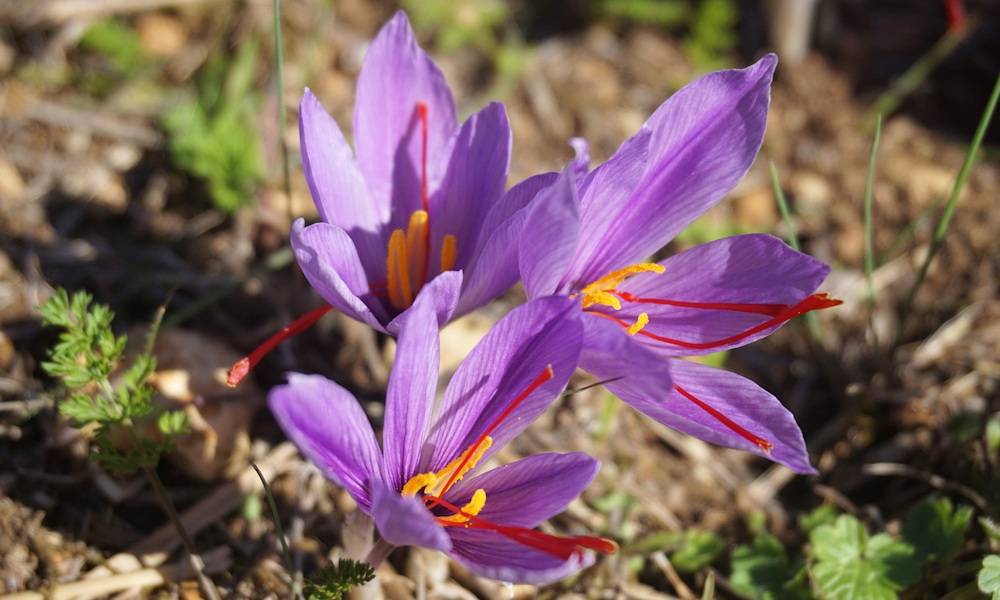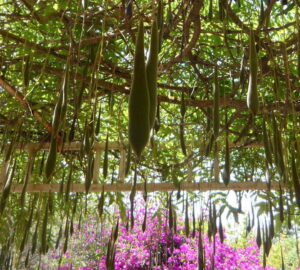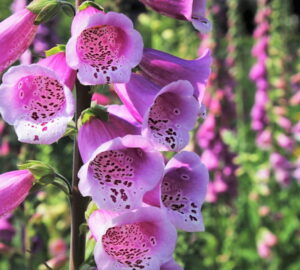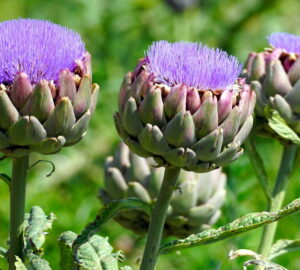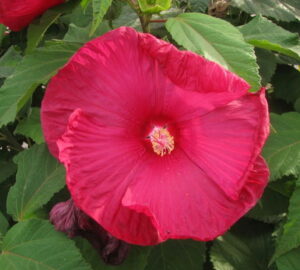Saffron, or Crocus sativus, is not only a stunning and colorful flower but also one of the most valuable spices globally, and it can be grown in your own garden. October is the perfect time to plant saffron bulbs, ensuring a harvest of homegrown spice next year. In this article, we’ll guide you through how to plant and care for this precious plant, when to expect your first harvest, and what to watch for during its growth.
Why Saffron?
A Spice Worth More Than Gold
Saffron is far from your ordinary kitchen spice. It’s famously expensive due to the meticulous labor involved in harvesting – each saffron thread is handpicked with great care. But what makes this spice so special, and why should you consider growing your own?
Saffron’s uniqueness lies in how it’s produced: the spice is derived from the stigmas of the flower, which must be harvested by hand. It takes around three flowers to produce just one gram of saffron, which explains why it’s so valuable. But there’s an advantage to growing it at home – you’ll have a fresher, more cost-effective supply than what you’d find at the store.
Why Plant in October?
The Last Major Gardening Task Before Winter
In many regions, October is the ideal time to plant saffron bulbs before the harsh winter frosts arrive. This timing is crucial because the soil is still warm enough for the bulbs to establish roots and prepare for the cold season. Choose a sunny spot in your garden with well-draining soil. If the soil retains too much moisture, the bulbs may rot. Dig holes about 4-6 inches (10-15 cm) deep and space the bulbs 4 inches (10 cm) apart.
Saffron thrives in loose, sandy soil, enriched with compost for better fertility. After planting, give the bulbs a good watering, but avoid waterlogging the area. To help the bulbs survive the winter cold, cover the planting site with mulch or pine bark before the first frost.
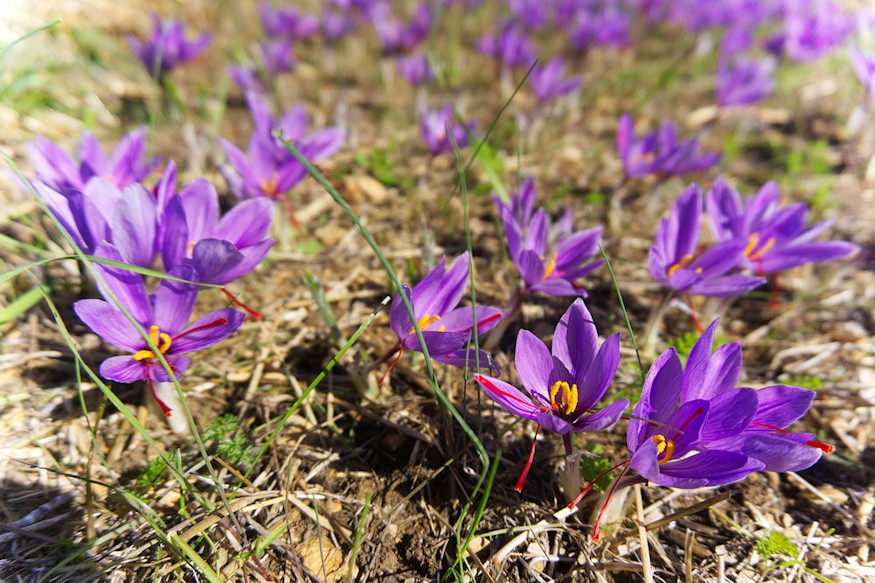
From Garden to Kitchen: How Saffron Turns from Flower to Spice
The Secrets of Saffron Cultivation
Once planted in the fall, you’ll start seeing the first shoots in late winter or early spring, around February to March. But the real excitement comes in autumn when the stunning purple saffron flowers bloom. This is when the spice is harvested: the three bright red stigmas in the center of each flower are what become the saffron you know.
To harvest a meaningful amount of saffron, plant at least 50 bulbs. Each flower only produces three stigmas, so you’ll need a sizable planting to yield a worthwhile amount of spice.
The stigmas are dried for preservation and should be stored in an airtight container to maintain their flavor and aroma. A small amount of saffron can go a long way in enhancing the flavor of dishes like paella, risotto, soups, fish, and even baked goods.

How to Care for Your Saffron Plants
Low Maintenance, High Reward
Growing saffron is relatively easy, but there are a few essential care tips to ensure your plants stay healthy and productive.
- Watering: Saffron bulbs require minimal water, especially during the summer months. After planting, water them thoroughly, then rely on the autumn rains. Overwatering can lead to bulb rot, so only water during dry spells.
- Soil Conditions: Saffron prefers well-drained, loose, and sandy soil. Improve your garden’s soil with compost or other organic materials to enhance its nutrient content and workability.
- Sunlight: Choose a sunny location where the plants can get at least 6-8 hours of direct sunlight per day.
- Winter Protection: While saffron bulbs are frost-tolerant, mulching the area with pine bark or other materials can protect them from extreme cold, especially in regions with little snowfall.
- Pest Protection: Rodents and certain insects may damage saffron bulbs, so consider using netting or protective measures to shield them from pests like voles or moles.
Once your saffron is ready to harvest, you can enjoy the luxury of cooking with homegrown spice!
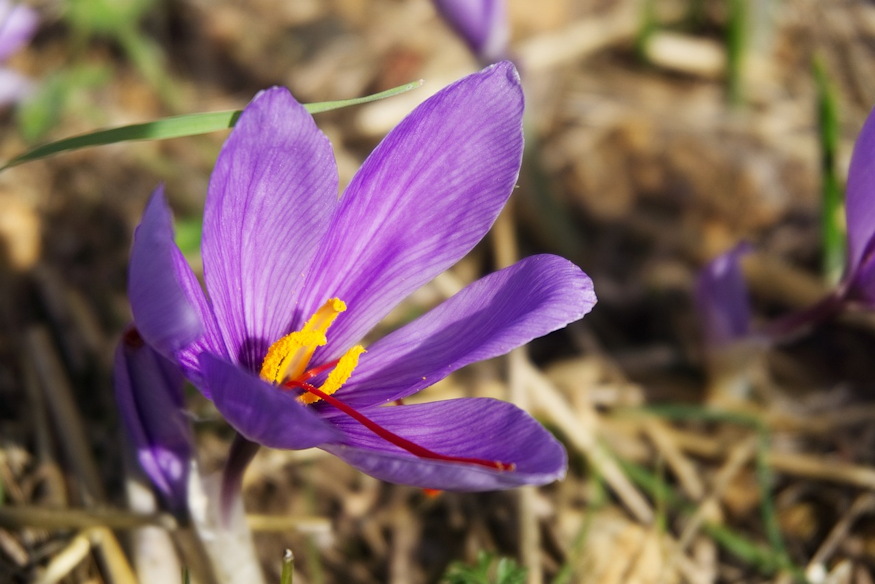
Using Saffron in Your Kitchen
A Pinch of Luxury in Your Dishes
Saffron adds a unique flavor and vibrant color to dishes. The most well-known saffron dish is the Spanish paella, but it’s also a key ingredient in risottos, soups, and even desserts. Just a pinch of saffron can impart a golden hue and rich aroma to your meals. However, be mindful of how much you use – too much saffron can overwhelm a dish with a bitter taste.
Whether you’re preparing a fragrant rice dish or adding a touch of elegance to your soups, homegrown saffron is a delightful addition to any kitchen.
Saffron: A Garden Treasure and Culinary Delight
Saffron is not just a beautiful addition to your garden; it’s also a culinary gem. Planting in autumn is the perfect way to set the stage for a bountiful saffron harvest next year. By following a few simple guidelines, you’ll soon be enjoying the satisfaction of using your very own saffron in a variety of dishes. The joy of growing your own spice is further enhanced by knowing you’ve hand-harvested a truly special ingredient to elevate your cooking.



